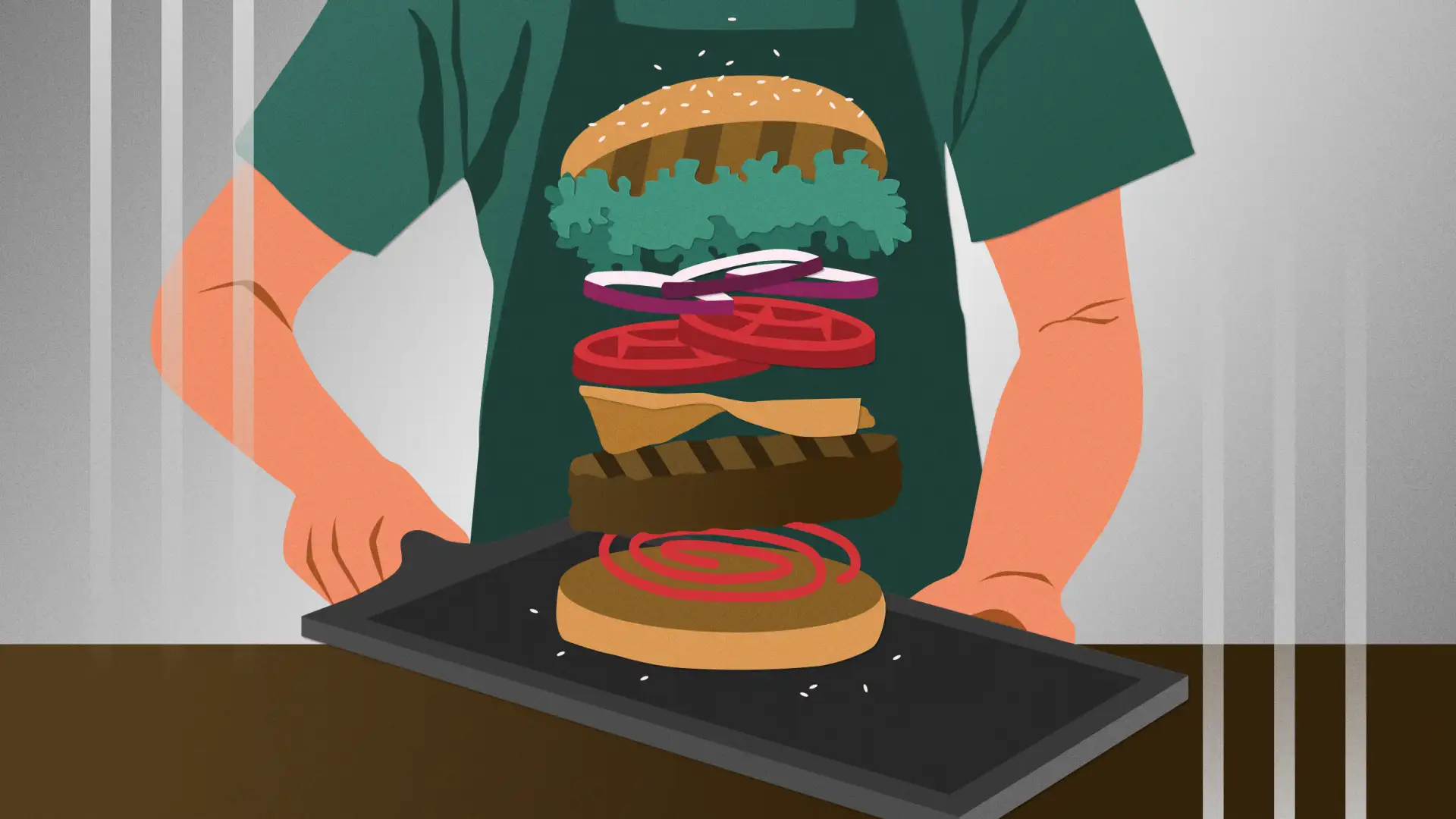Most UXers say they don’t get enough time to do their projects justice: Last-minute requests keep coming in for fast turnaround projects, there’s no time for discovery, they’re not even certain how the project will actually benefit users. Some UXers try to get ahead of these asks, but find that by the time they’re halfway through their deliverables, priorities have shifted, and the team wants to pivot to something new.
This happens all the time in UX, but it doesn’t have to be the norm.
To avoid these common pitfalls, a comprehensive and thoughtful roadmap led by UX and for UX is important. But roadmapping is a huge undertaking that’s dependent on close alignment with product and engineering – UX can’t do it alone. So how do you kick off a quarterly plan to set you and your team up for success later?
In the long run, being thorough and transparent in your planning will help save everyone time, create less wasted work, build common ground among teams, and establish project definitions and timelines that work for everyone involved.
Keep reading to learn a three-step process for kicking off UX quarterly roadmapping that I’ve used with my teams over many years to prioritize decisions, stay user-focused, and collaborate effectively.
Start with the why
UX roadmapping empowers designers to advocate for their product ideas, ensures they have adequate time to do their projects justice, and prevents burnout. It increases transparency between UX, product management, and engineering by helping partners understand the effects that changes to the roadmap have on deliverable schedules.
Because UX is often the first step in product development, we work weeks or even months ahead of our engineering counterparts. This makes us particularly vulnerable to shifts in roadmap priorities that lead to frustration, churn, and abandoned work. This vulnerability makes it mission-critical for UXers to partner closely with product and engineering partners to share a clear understanding of the roadmap, timelines, and priorities.
I’ve created three resources to help you put an effective, complete roadmap together.
UX roadmapping step 1: Identify the type of work you do
Setting the right expectations with your partners on what you’re going to deliver is key. After all, different projects require different ways of working and different output. Start by creating a shared understanding of what different types of UX design projects look like, and what kinds of deliverables and timelines they result in.
Use this resource to create clear expectations for your partners of what kind of work you’ll be doing, what the deliverables will be, and why you might want to prioritize one type of project over another.
Read more in 4 Types of Design Projects for UX Roadmapping.
UX roadmapping step 2: Hold effective planning discussions
Lots of talking goes into roadmapping UX projects — often between people with different expertise and perspectives. It’s important you have strategies ready to clarify, justify, and engage the people you need to stay aligned with.
This second part of planning is critical to ensuring everyone understands the plan and supports it. Read this resource to get a breakdown of talking points and questions.
Read more in How to Lead Effective Roadmap Planning Discussions.
UX roadmap step 3: Draft your shareable roadmap
OK, now it’s time to actually sit down and write the document. You’ve gathered information, aligned with your colleagues, and know the way forward. It’s time to document your work.
But a blank document can be intimidating, and you want to create a clear roadmap so any teammate on the project can find their way. Read this resource for a step-by-step description of what to put in your document and how to organize it.
Read more in How to Put Your UX Roadmap to Work.
Don’t get overwhelmed by the process
Roadmapping is a highly collaborative undertaking that can feel daunting at first as you and your partners learn new, collective ways of planning and communicating. But it’s also important to know that it gets significantly easier the more you do it. Over time, you’ll all become more comfortable with these conversations ��— and projects that didn’t fit into the timeline for the current quarter tend to roll over to subsequent quarters.
So it’s important not to rush through the process. Instead, take the time to make sure your users and their needs are well-represented in your team’s prioritized work. You’ll notice a big payoff in efficiency and clarity. Happy roadmapping!





